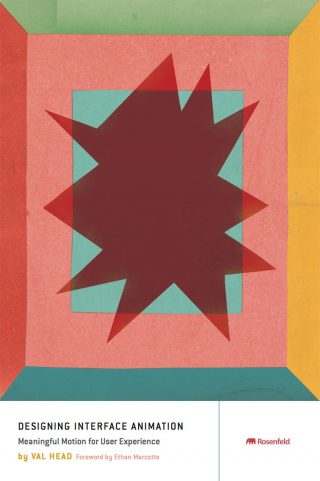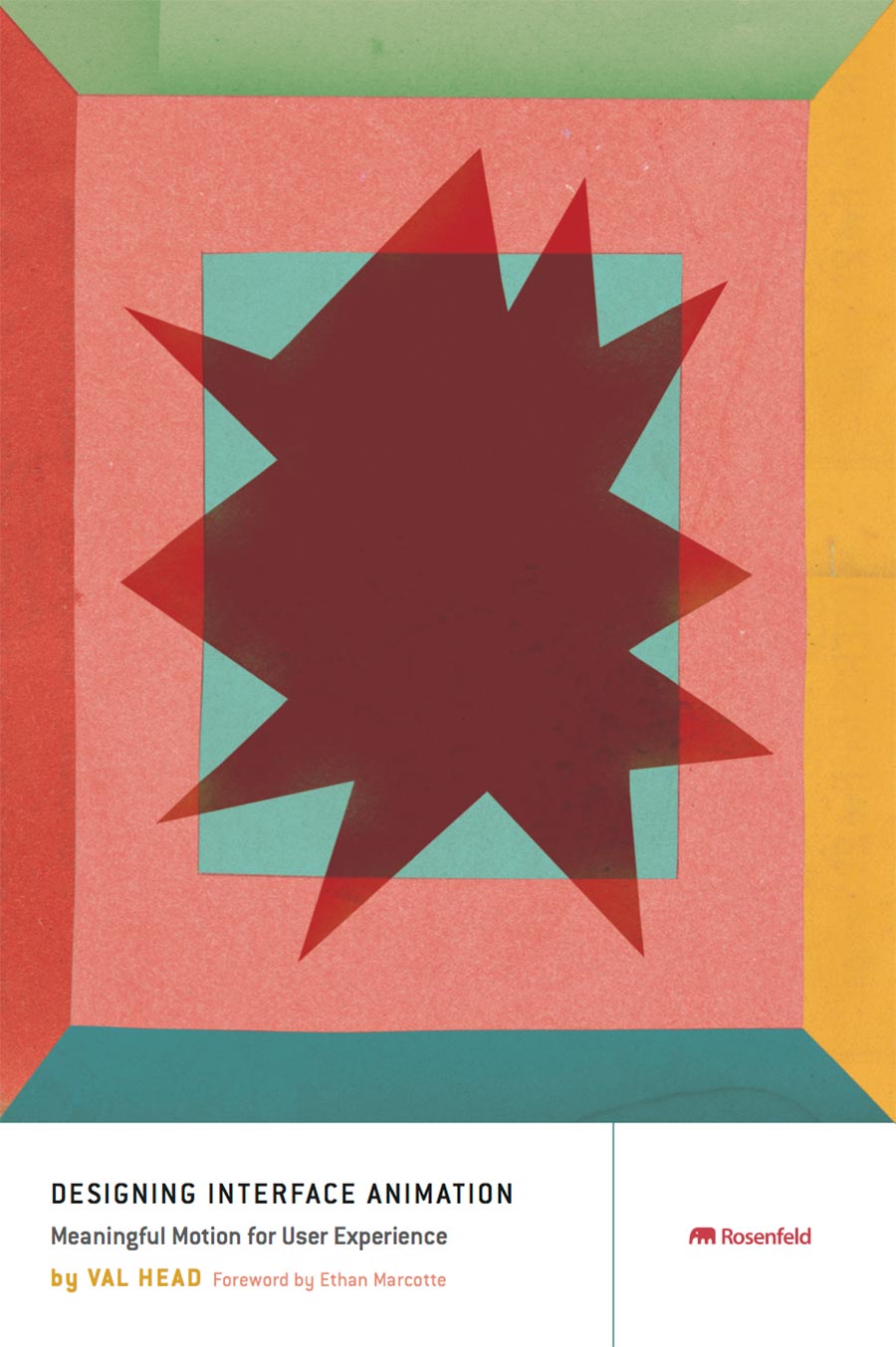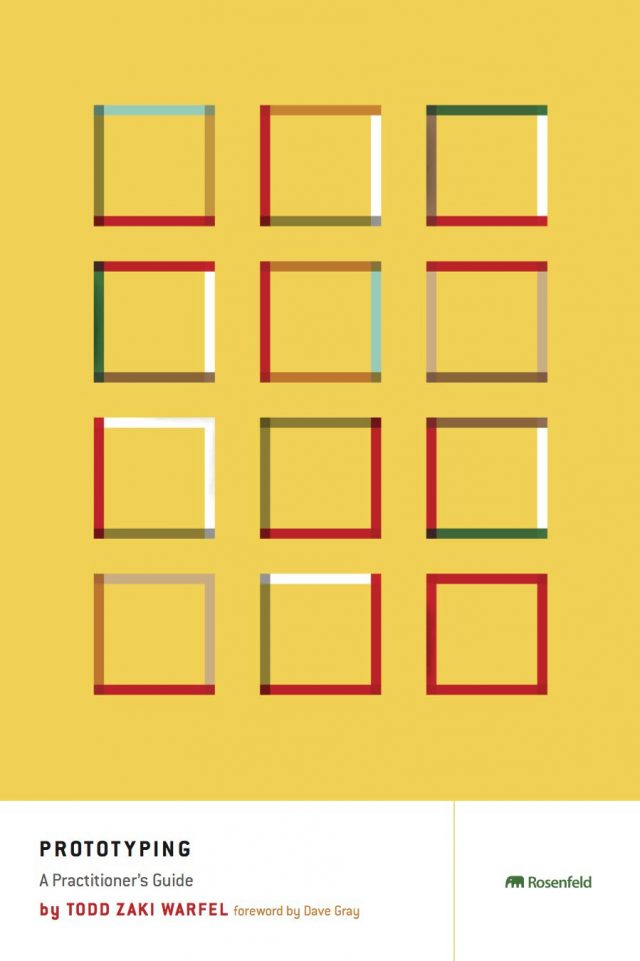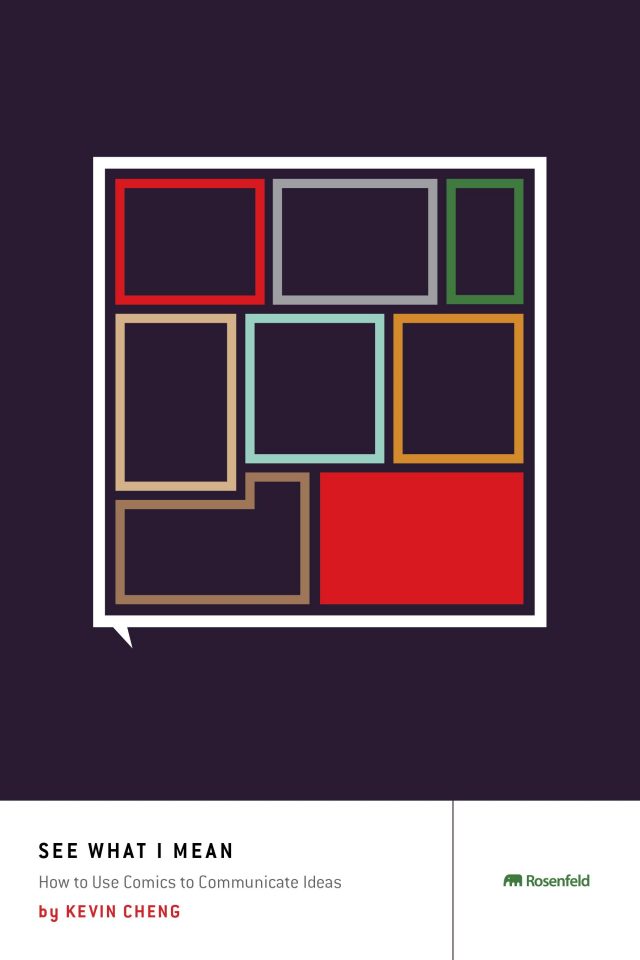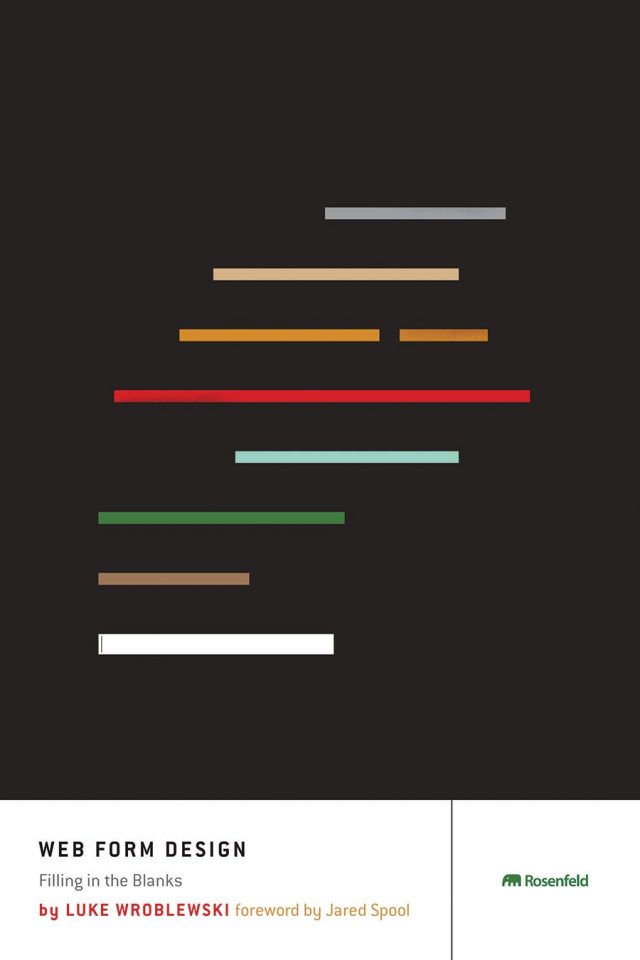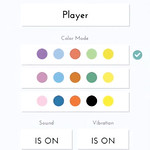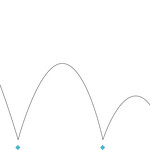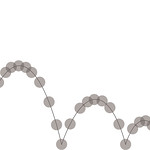Marc Davis, one of the original animators at Walt Disney Studios, once said that before the studio was formed, “Animation had been done before, but stories were never told.”
I love that line. Not the least because it was some powerful shade being thrown at Disney’s competitors, but because it was, in another sense, very true. At the time Disney founded his studio, animation was in a state of transition: it was evolving from an expensive, somewhat primitive and novel medium, into a proper, respected, moving art form.
As you read these words, the web is undergoing a similar transition. And you’ve just opened a book that will guide you through it.
Early web animation was dominated by bold, evocative, and flashy work. But while there was wonderful work produced in the web’s first days, practical web animation was a little harder to find. It’s only in the last few years that web designers have come to appreciate what thoughtful, well-executed animation can do for them. When done right, a little motion can warm up an interface to introduce a little playfulness to otherwise rote transactions. Animation can help us communicate more effectively with our audiences and make them feel more at home with our products, services, and designs.
This is the book Val Head has written for you: a foundational text for animation on the web. While practical tips abound throughout the book, she’s not just concerned with implementation. Not only will you learn how to build these designs, but why certain techniques are more effective than others. In these pages, you’ll learn from Val’s vast library of interface examples and begin to develop your own animation vocabulary.
After all, animation on the web has been here for years. Now, it’s time to tell stories—and Val’s about to show you how.
—Ethan Marcotte, author of Responsive Web Design
